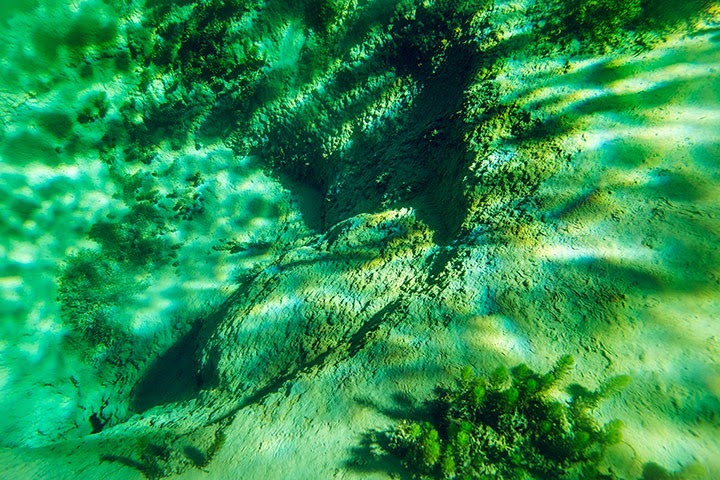Caracol Falls or Cascata do
Caracol is considered one of the most beautiful waterfalls in Brazil with 131 m
tall waterfall by far is not the tallest or largest but it has a rare quality.
There’re tremendous lookouts where the beauty of Caracol Falls and surrounding
forests and mountains can be observed. Caracol Falls have formed on the basalt
cliffs of Serra Geral volcanic formation. Caracol waterfall has two cascades
one is upper cascade consists of multiple smaller cascades; its total height is
approximately 10 m and after some 100 m comes the 2nd by far the largest
plunge. Here the stream falls over an overhanging cliff edge. So far it is not
confirmed whether the height of 131 m includes both cascades or is just the
height of the main, tallest cascade. However; upper part of waterfalls starts
in pine forest altitudinal zone with quite a few gorgeous araucarias and lower
end is located already in the moist Atlantic Forest.
Caracol waterfall majestic beauty
is harder to observe, therefore it is a lot less popular tourist destination.
The area nearby Caracol Falls may seem to be unspoiled and remote but in
reality this is very widespread tourist destination with nature trails, 27 m
tall observation tower, cable car, tourist train, restaurant, shops. 25 ha
large Caracol State Park has been established around the falls and without any
doubt this is one of the most famous natural landmarks in Brazil, perhaps the
second most visited after the famous Iguazu Falls. The waterfall popularity
could be explained by the vicinity to major cities and definitely by the rare
beauty of this waterfall which becomes particularly beautiful during the
sunset.





















































